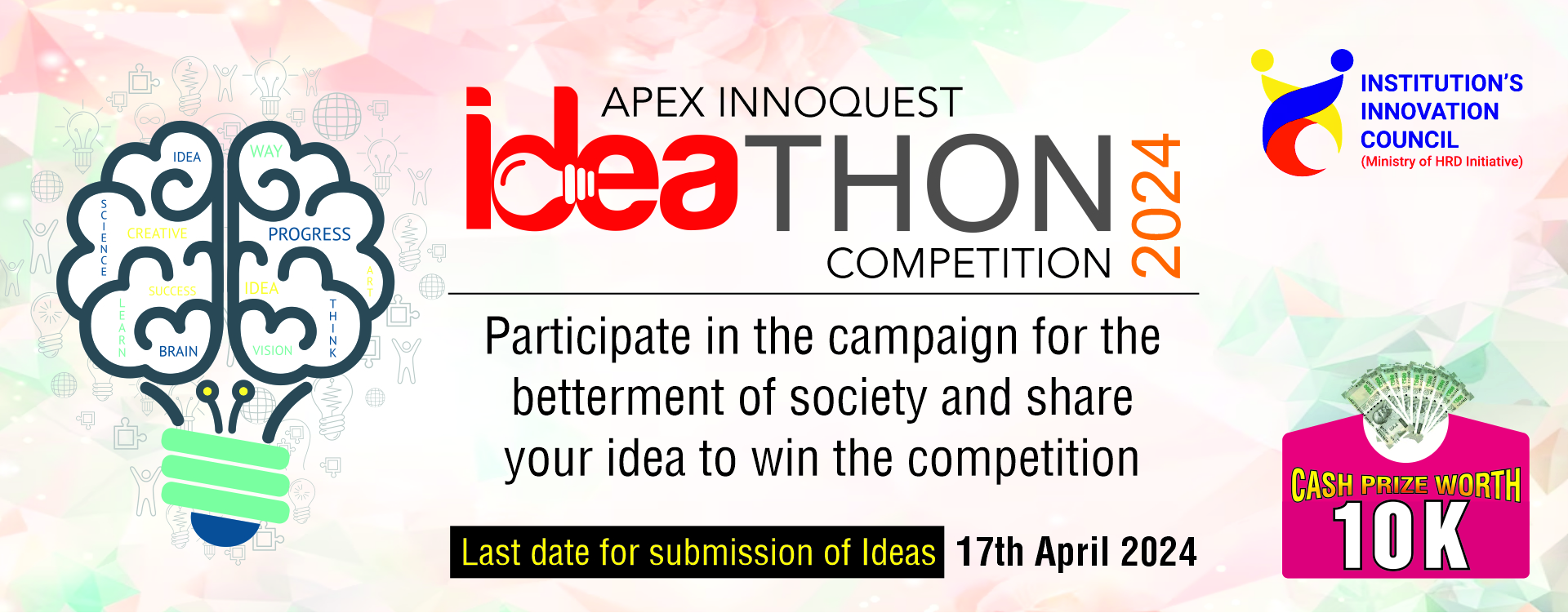Dr Kirti Singh. She is the founder Dean and Principal at Apex School of Naturopathy and Yogic Sciences, Jaipur. She studied BNYS from SDM College of Naturopathy and Yogic Sciences, Ujire Karnataka in the year 2000. With 20 years of diverse experience of working in wellness industry as the Head of the department and Holistic Consultant, She is a mind body enthusiast and believes that the root cause of all problems is in the mind, and the situation that leads to disease state is, due to accumulation of toxic matter in the body.
Health is being in a balanced state of mind body and spirit. With the help of
Naturopathy and Yoga one can overcome all life challenges thrown at oneself, at different stages of life.
The very mention of the word fasting as a Naturopathic therapy, get’s an eye rolling response. However it is the inherent wisdom in all sentient beings to achieve a higher goal, could be in the form of recovery from an illness, to take your emotional and psychological aspects to another level, so on and so forth.
In the animal world, fasting is taken not only when sick or wounded but also during hibernation and aestivation. They fast during mating season as well as during nursing is period. It only in the recent past, that the concept ‘we must eat to keep our strength’, has become a deeply entrenched idea amongst mankind.
Fasting your way to Good Health
Fasting is completely different from starvation. Fasting is the voluntary abstention from eating for therapeutic or spiritual reasons, when there is plenty of food available but one chooses not to have it. On the other hand, starvation is forced upon and there is no way about it.
Fasting has no standard duration, it can be for any length of time. Being as short as 12 hours when you don’t eat anything after dinner until you break your fast with breakfast. Or it can be as long as one possibly can sometimes up to months. Fasting should be made an integral part of daily life. In 1960, there use to be only 3 meals… 8 am breakfast followed by 1 pm lunch and finally dinner at 7 pm. Snacking was considered a taboo as it would ruin your true hunger at meal times. Rest of the 13 hrs. were balanced by fasting. Obesity and diabetes type 2 were unheard of in those days.
Let’s understand what happens in the body when we eat? When we eat we take in food which is converted to energy in different forms and ways. Insulin is the key hormone that is involved in both storage and use of food energy. Level of insulin increases during meals. Both carbohydrates and proteins stimulate insulin, whereas fat has far less effect on insulin. Insulin has 2 important functions as mentioned above 1st it allows the body to start using food energy.
Carbs are absorbed and quickly converted into glucose. Proteins don’t raise blood sugar levels but can raise insulin levels. Effect is variable. Fats are directly absorbed as fats and have minimal effect on insulin. However, low insulin levels stimulate lipolysis, that is breakdown of fats. Secondly, insulin helps store excess energy.
Glucose molecules can be linked into long chain, called glycogen and then stored in liver. There is however limit to glycogen stored this way. Once the limit is reached the body starts to convert excess glucose into fat, process called as Neolipogenesis. This fat is either stored in liver or entire body as fat deposits. There is no limit to the amount of fat that can be stored in the body.
On the contrary what happens when you fast? The reverse of the above process takes place. Insulin level drops, giving an indication to the body to start burning stored energy. Glycogen (excess glucose stored in the liver) is easily available energy source and the liver stores enough to provide energy for 24 hours approx. After which the body starts to break down body fat for energy. This stage is called as ‘ketosis’.
Ketosis: After about 2-3 days of fasting, insulin levels drop and stimulate lipolysis (breakdown of fat for energy). Triglycerides, the form of fat used for storage is broken into glycerol and 3 fatty acid chain. The glycerol is used for gluconeogenesis. Once this process kicks in breakdown of proteins is reserved for protein synthesis and not for providing energy.
Fatty acids are used directly for energy for most of the tissues except brain. Body uses fatty acids to produce ketone bodies, which are capable of crossing blood brain barrier and used by brain for energy. After 4 days you fasting, ketone bodies are the main source of energy for the brain. 2 types of ketone bodies are beta- hydroxybutrate and acetoacetate. 5th day of fasting onwards, protein conservation begins.
There is increase of secretion of growth hormone which maintains muscle mass and lean tissues. The energy for basic metabolism is entirely supplied by fatty acids and ketones. In essence what we are trying to explain is the process of switching from burning glucose to burning excess fat.
Point to underscore is, these mechanisms are entirely normal and natural for the body. Periods of low food availability have always been a part of human history, and so our body is well equipped to deal with these periods of voluntary fasting for fat loss. It also is beneficial in enhancing insulin sensitivity in type 2 diabetes and scores of other modern lifestyle disorders.
Some of the other benefits of fasting are:
Improves mental clarity
Lowers blood sugar levels
Improves Insulin sensitivity
Increases energy
Lowers blood cholesterol
Prevents Alzheimer’s disease
Extends life
Reverses aging
Decreases inflammation
However, it is advised to perform therapeutic fast under a qualified practitioner, as a lot of health parameter had to be under constant monitoring, to make it beneficial for the subject. In Yogic lifestyle it’s beautifully stated: “Langhanam Param Aushadam”, which means ‘Fasting is the best medicine’.




